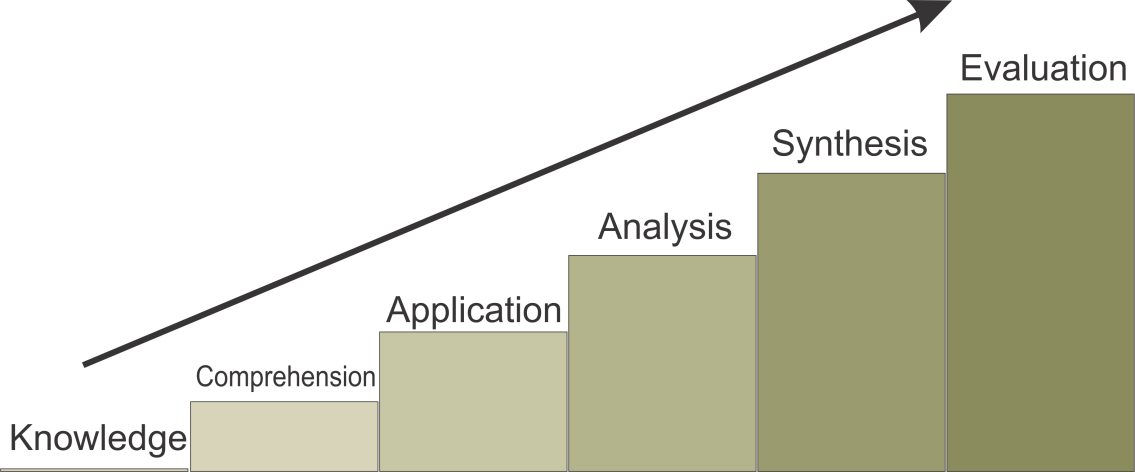Writing Course Learning Requirements (CLRs) and Embedded Knowledge and Skills (EKSs)
The Structure of a Learning Outcome
For consistency and clarity, both CLRs and EKSs are written using in the following structure:
Verb + Content + Context
For example, apply case study methodology to simple legal situations.
When writing CLRs and EKS, one must do the following:
- Focus on outcomes, not processes
- Start each outcome with an action verb
- Use only one action verb per learning outcome
- Ensure that outcomes are observable and measurable (avoiding verbs like know, learn, demonstrate and understand)
- Check that the verbs used reflect the level of learning required (see Bloom’s taxonomy)
- Write the outcomes in terms of what the learner does, not what the instructor does
- Check that the outcomes reflect knowledge, skills or attitudes required in the workplace
- Check that the outcomes fit within the program and course goals
Modified from: BCIT Learning and Teaching Centre. (2010). Writing Learning Outcomes. Burnaby, BC: Learning and Teaching Centre. https://ltc.uvic.ca/initiatives/documents/BCITWritingLearningOutcomes.pdf
Select Accurate and Observable Action Words
The table below provides a list of verbs that may help you describe the performance your students will achieve. The verbs are organized according to Bloom’s Taxonomy of Educational Objectives and the Fundamental Performance Roles developed by Spady.
Bloom’s Taxonomy describes a hierarchy of thinking skills from basic to complex. The taxonomy organizes the skills into six categories:
- Knowledge
- Comprehension
- Application
- Analysis
- Synthesis
- Evaluation
The image below shows the progression through Bloom’s categories. Learners progress up the staircase from one skill/knowledge level to the next. In most cases, for a learner to achieve a higher-order learning outcome, the lower-order skills and knowledge are cumulatively applied.

As a result, achievement in an EKS should not be higher order thinking than its overarching CLR.
For example, if a CLR is “Apply case study methodology to simple legal situations”, the EKS subset will require certain Knowledge and certain Comprehension skills in order to support learners in developing their abilities to Apply this methodology.
Pitfalls to Avoid when Writing CLRs and EKSs
There are common errors that arise when writing CLRs and EKSs.
The attachment below outlines some pitfalls, what they look like, and how to fix them.